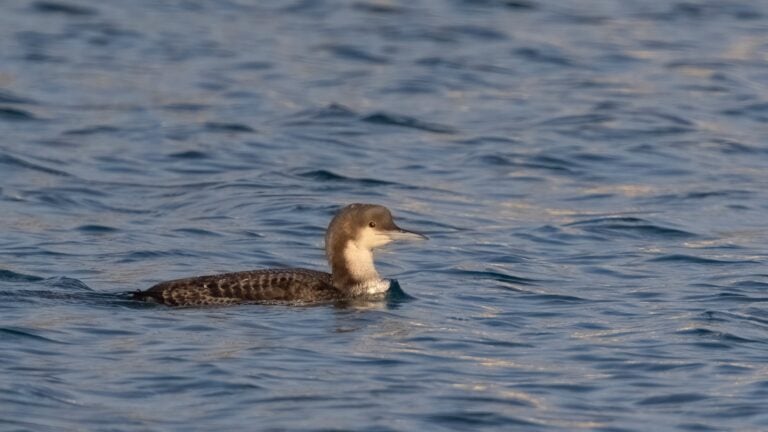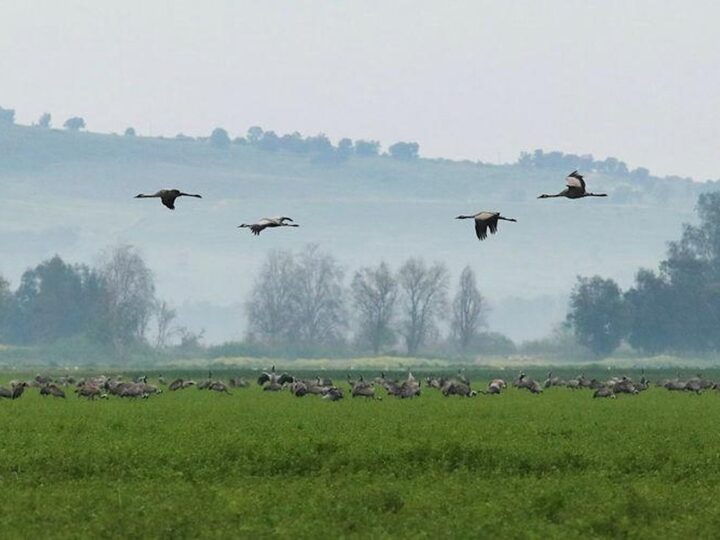In a year that will not be remembered fondly in Israel, 2023 did have some highlights worth celebrating – at least in terms of birdwatching.
Sitting at the junction of three continents, Israel is one of the world’s best places to witness bird migrations in the fall and spring. About half a million birds fly over, and many stay for the winter. This year’s migratory spectacular started early, with 30 flamingos arriving in August.
Ornithologist and ecologist Yoav Perlman, director of BirdLife Israel of the Society for the Protection of Nature in Israel (SPNI), says many birds this year discovered SPNI’s Start-Up Nature wetlands reclamation sites at Kfar Ruppin in the Jordan Valley and Kibbutz Ma’agan Michael in the coastal Carmel region.
“We were surprised how quickly they identify these new opportunities and utilize new resources becoming available in the restored sites,” he tells ISRAEL21c
“We monitor the restoration work and we even see rare species breeding there — a good indication that things are going well.”
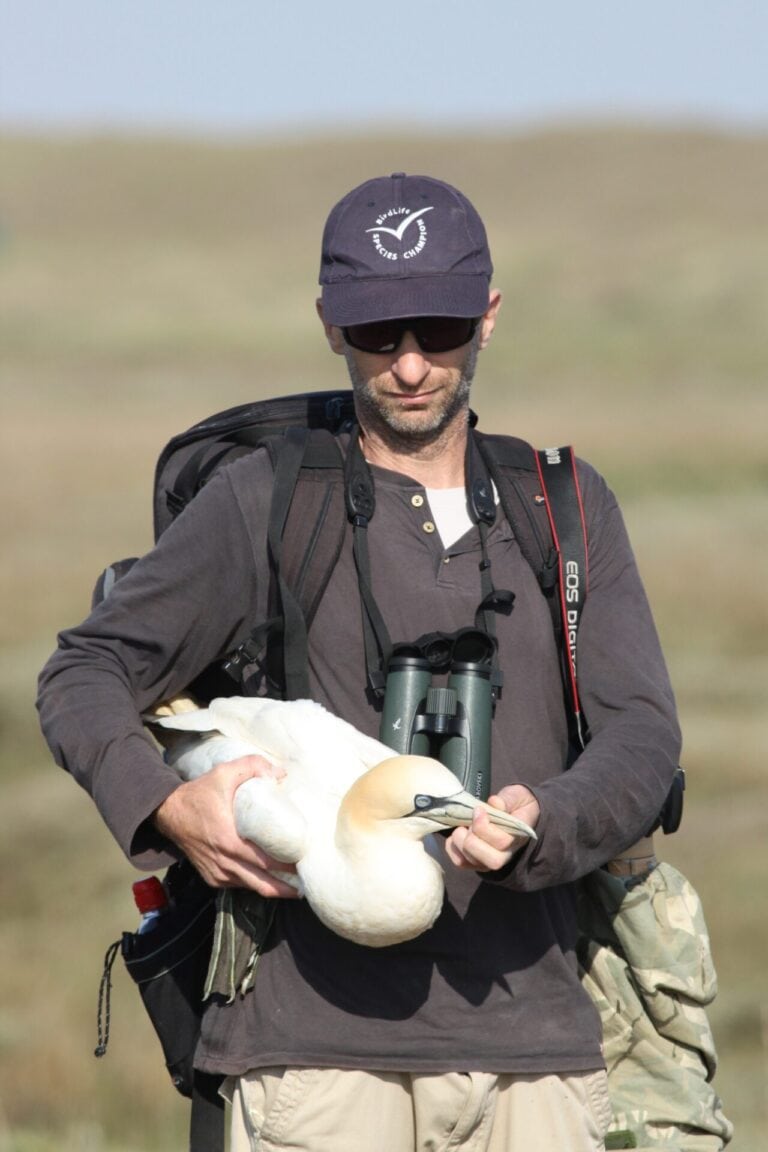
Since October 7, most of the rewilded areas at Kfar Ruppin on the Jordanian border are not accessible except with military escort, so SPNI has been monitoring bird activity there remotely. The main birdwatching center at Kfar Ruppin remains open to the public along with birding centers in Jerusalem, Eilat, Ma’agan Michael and several other locations.
War’s effect on birds
As for the war’s impact on birds, Perlman says it is only localized. Because birds are mobile, they can flee from dangerous areas and from places where habitats have been disturbed or damaged by tanks and other heavy vehicles.
“I hope that after this horrid war is over, the IDF and Defense Ministry will work to rehabilitate these habitats,” says Perlman. “I hope by breeding season in March and April, things will be better.”
He added that SPNI is working closely with the IDF, through the Nature Defense Forces project, to minimize long-term impacts.
While the usual hordes of foreign birdwatchers couldn’t come to Israel in October and November, Perlman says “many of our friends worldwide are very supportive, working with us on collaborative projects. Migration is continuing, habitats are still beautiful, and birds are singing. Birders from North America and Europe miss coming to experience it.”
Meanwhile, Perlman says, “it’s a difficult time for us and many people are really eager for some beauty, so we are promoting birding where it is safe and possible. We are working with displaced communities all over the country, trying to use nature as a healing agent. We do whatever we can to take people out to nature for a bit of peace and quiet and beauty.”

Birdwatching highlights of 2023
SPNI reported some unusual bird activity over the past 12 months.
Pied bush chat: This special guest from Central Asia was the first rarity spotted in 2023. It was found in a neglected lot behind a gas station near Moshav Maor in north-central Israel. This is only the 10th sighting of a pied bush chat in Israel; the previous one was in 2018.
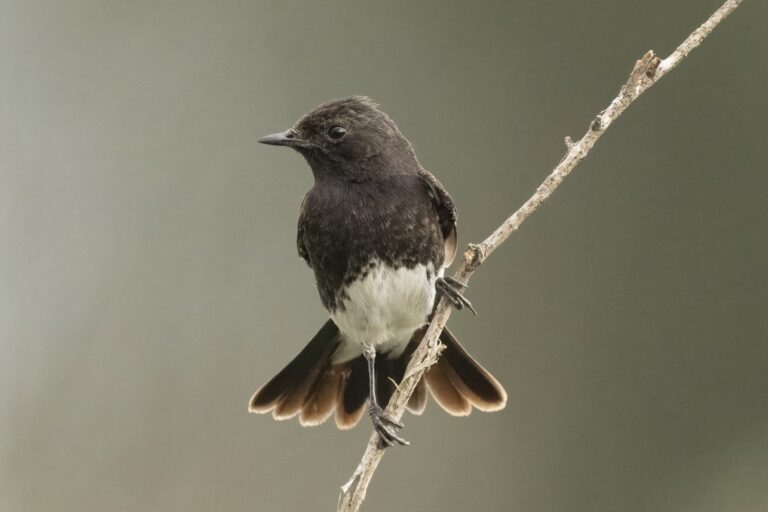
Leach’s storm petrel: At the beginning of February, mega storm “Barbara” hit the shores of Israel. It was welcomed by Israeli ornithologists because the winds blowing from the depths of the Mediterranean pushed unusual seabirds like this one toward our coast. On February 8, more than 100 Leach’s storm petrels were counted from the shores of Jaffa Beach and Palmachim Beach.
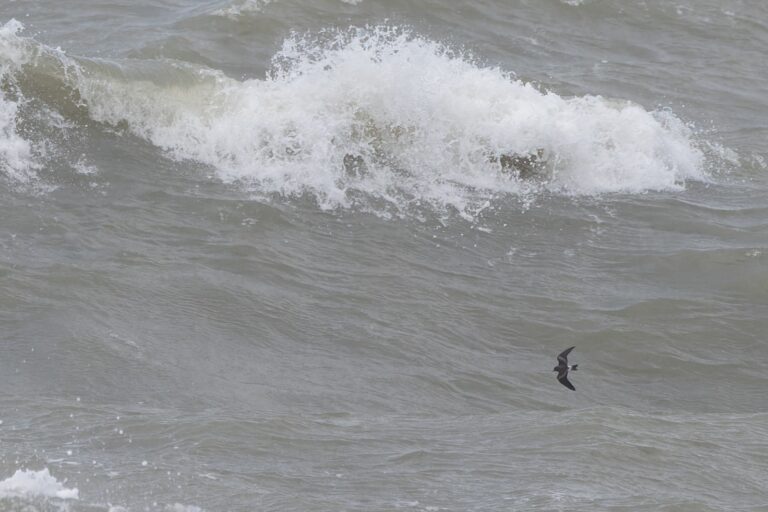
Masked wagtail: February 21 marked only the fourth sighting in history of a masked wagtail in Israel. It’s a very rare subspecies of the white wagtail, native to Central Asia. The handsome male made himself at home in the sandy parking lot of Ma’ayan Zvi Beach near Zichron Ya’akov until departing for warmer climes in early March.
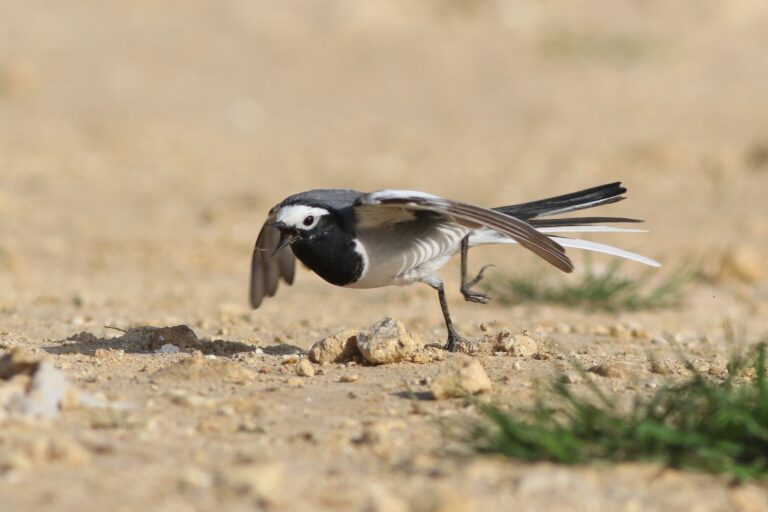
Black-faced bunting: The first sighting of this small songbird in Israel was in the fall of 2021. The next sighting was last February 21 in Kibbutz Ma’ayan Zvi. It remained only about a week and a half. On November 29, another black-faced bunting was seen in Sorek Stream near Rishon LeZion.
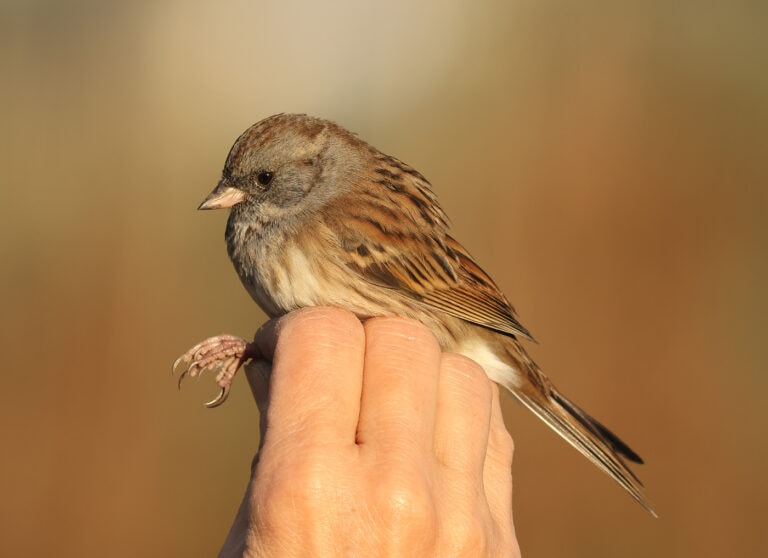
Yellow-billed stork: Three birders from The Netherlands reported seeing this African bird in the Ma’aleh Gilboa ponds in the Valley of Springs of the Lower Galilee on March 28. While the yellow-billed stork is common in the Mara River that flows through Maasai Mara Reserve in Kenya, the unusual sighting in Israel was cause for excitement.
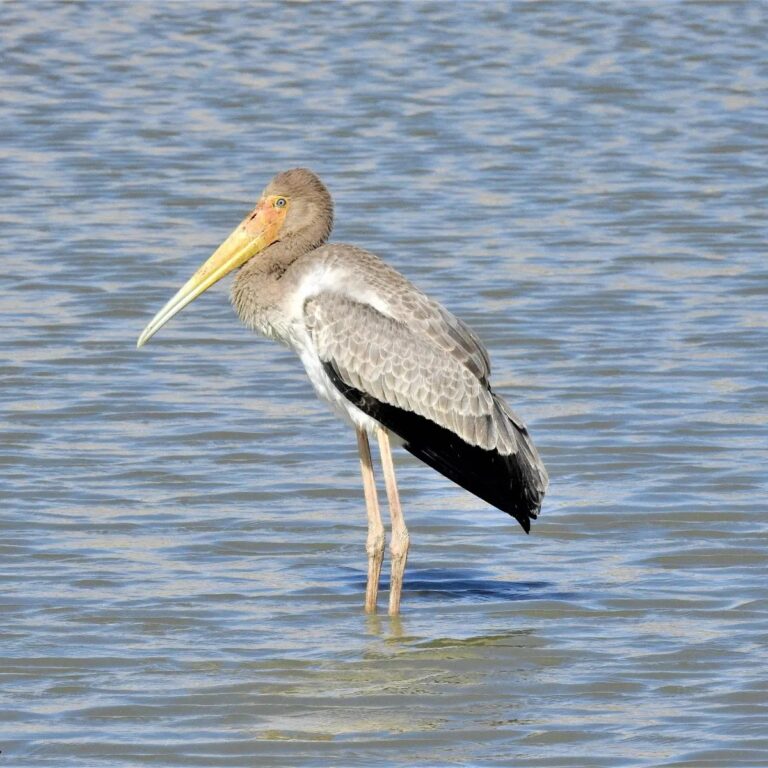
European storm petrel: Noam Weiss, director of the International Birding and Research Center in Eilat, has been monitoring seabirds in the Gulf of Eilat for about a decade and more recently in collaboration with the Marine Unit of the Israel Nature and Parks Authority. This effort has paid off in stunning discoveries such as the July 9 sighting of a European storm petrel that breeds on islands in the North Atlantic Ocean. It’s the first sighting of this species in the Gulf of Eilat and only the sixth in Israel.
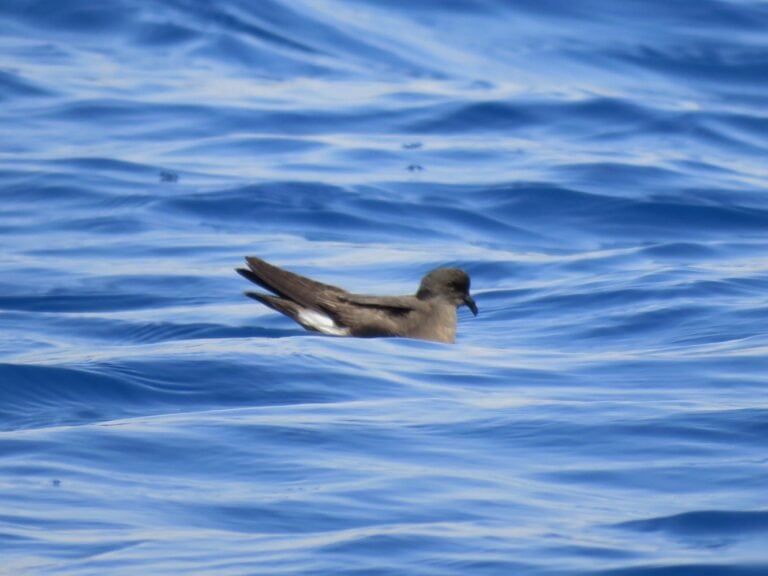
Booted warbler: The small sandy-grayish-brown booted warbler is a rarity here, spotted only four times in Israeli history before this one was seen on August 24 in the new birding park at Kibbutz Ma’agan Michael.
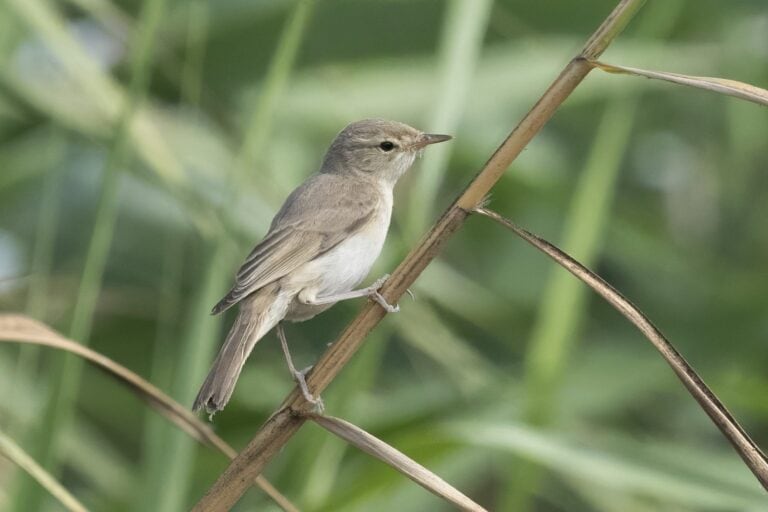
Gray-headed swamphen: Since the 1950s, this West Asian bird was observed just once in Israel. But in October 2023, three birdwatchers snapped photos of a gray-headed swamphen in very different places: once in the pools of Kibbutz HaMa’apil in central Israel, once in Rishon LeZion Lake Park, and once in the pools of Kfar Masaryk in the Western Galilee.
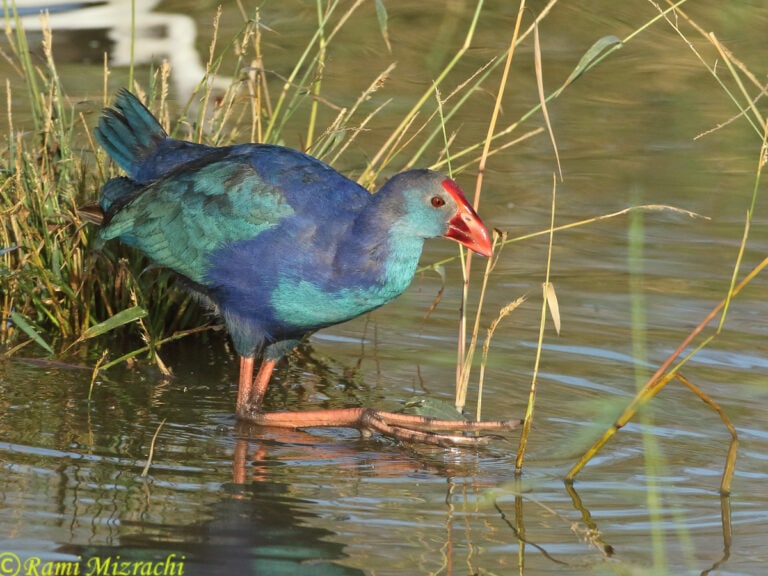
Pacific diver: Last but certainly not least, a pacific diver was seen for the very first time in Israel or the entire Middle East, on December 30. Pacific divers, which breed in the North Pacific Ocean, Northwest North America and Northeast Asia, have special diving skills allowing them to swim quickly and spend a long time under water, to capture fish and crabs. This one was spotted in the Eilat Peace Lagoon, a manmade breeding ground for many birds, overseen by the Eilat birding center.
